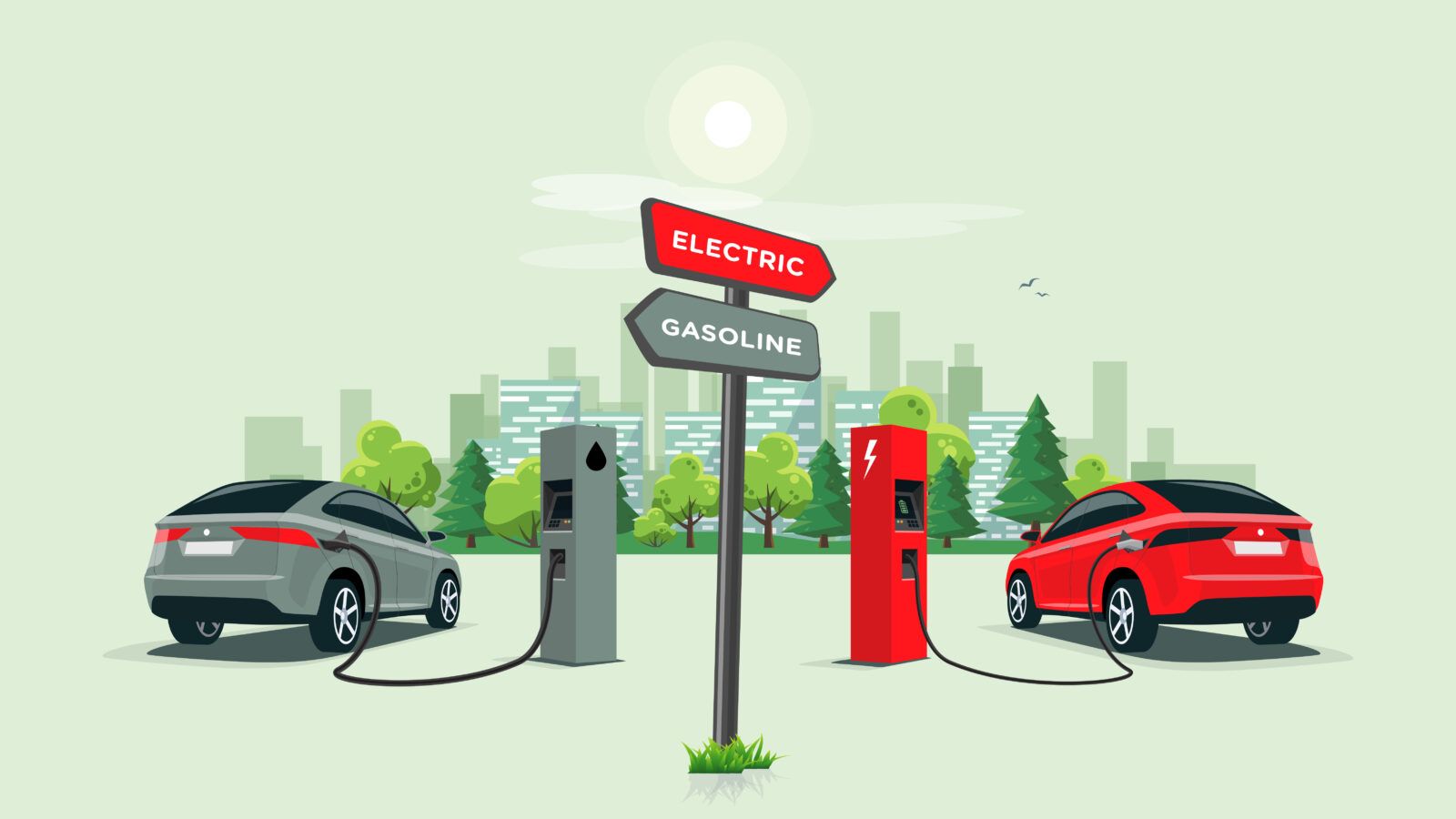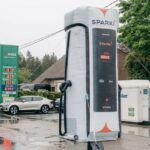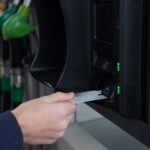Developing a sustainable and environmentally friendly gas station is a challenge, but there are several innovations that help to achieve this.
The most important is the use of alternative fuels:
Switching to alternative fuels such as electricity, hydrogen or biofuels reduces the emission of harmful substances. At MAES we already have some alternative fuels, from the well-known LPG, CNG, LNG to HVO. But at the end of 2022 we also started a project to install 100 ultra-fast charging stations at our stations. These poles should ensure that after 15 to 20 minutes of charging you can immediately drive off with a full battery.
In addition, we also try to use energy more efficiently:
We have already switched to LED lighting on the canopies at all our stations. The same in our shops, but we went one step further by tackling everything that consumes energy. Not only has all equipment such as ovens, coffee machines, etc. been upgraded so that they consume less, we also ensure that nothing is left on longer than necessary. Solar panels have been installed at the head office.
We have also provided rainwater collection facilities in all our own stations. As a result, our unmanned stations no longer require a water connection. And thanks to our AdBlue installations at the pump, we have also been able to reduce the number of plastic cans of AdBlue sold in our shops. This together with the MAES app, which means you no longer need a plastic card, also ensures a reduction in plastic waste.
Despite these innovations, challenges remain to realize a completely environmentally friendly gas station. This includes the costs of switching to sustainable fuels and technologies, finding suitable locations and also changing consumer behaviour.


